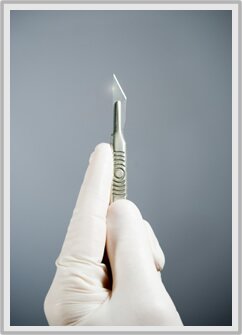 USA Today just ran an article called Cosmetic Surgeries: What Children Will Do to Look Normal that talks about the growing trend of teenagers getting plastic surgery to improve their appearance.
USA Today just ran an article called Cosmetic Surgeries: What Children Will Do to Look Normal that talks about the growing trend of teenagers getting plastic surgery to improve their appearance.
In 2008, more than 160,000 children under 18 years old had cosmetic surgery, and I’m not just talking about those who had true physical abnormalities like cleft palates or the occasional nose job. Cosmetic surgeries on teens today include everything from breast implants and liposuction on ankles and calves to highly controversial procedures like what’s known as “Asian eye” surgery to widen the appearance of eyes in people of Asian descent.
The article quotes plastic surgeon Gerald Pitman, who says, “The kids I see, their desire is almost uniformly to be normal, non-deviant. Kids don’t want to stand out in a negative way.”
Is it just me or is this growing trend of teens wanting to look “uniformly normal” make Scott Westerfield’s hit a little too close to home?
While I embrace the idea that we can all create the life and reality we want, the truth is, there is nothing “real” about plastic surgery. When People Magazine’s “Most Beautiful People” issue is full of people who became beautiful under the knife, one has to wonder where these standards of beauty are coming from in the first place?
My biggest concern with the fact that increasing numbers of teens are going down the plastic surgery route is the fact that once you make the choice to start altering your body, you can’t go back. Here’s a quote from the article from one teen who regretted her decision to have breast implants at such a young age:
Heather Locke says being a flat-chested cheerleader from Dallas was stressful at the time, so at 17, with her mother’s blessing, she had her breasts augmented — from a 34A to a 34D bra size. “Now, looking back, I realize boobs aren’t that big of a deal,” says Locke, 23, “At that point in time, I thought that is what boys found very attractive, but now I know guys could care less. I am not unhappy, but I should have waited until I was older.”
Is it true that someone with a large nose might find themselves having more self-confidence after they’ve had a nose job? Yes. But this fact points to a bigger problem of our self-esteem being rooted in physical attributes instead of the things that make us truly unique and wonderful, like our values, our passions, our talents, our visions, and our personalities.
For more on this controversial topic, read the full article here. And to read about one girl’s struggle to find beauty in herself despite her disfiguring port wine stain birthmark, read Justina Chen Headley’s fantastic novel, .
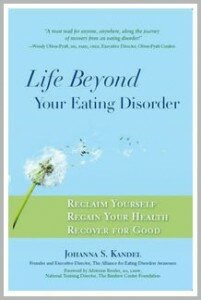 If you or someone you know struggles with an eating disorder, please check out my friend and fellow member of the Confidence Community (TM) Johanna Kandel’s new book, which just came out today.
If you or someone you know struggles with an eating disorder, please check out my friend and fellow member of the Confidence Community (TM) Johanna Kandel’s new book, which just came out today.
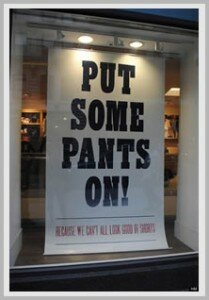 I just read on the awesome blog
I just read on the awesome blog 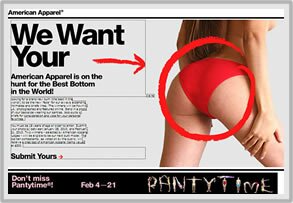 When I first heard about
When I first heard about 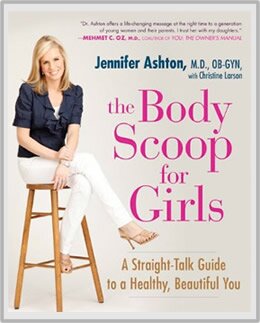
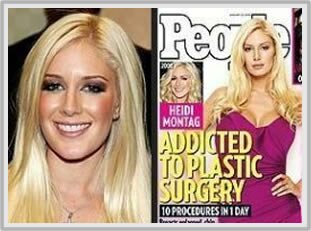 If you’re a fan of The Hills (and yes, even this smart girl admits to indulging in her fair share of MTV-sponsored reality television), then no doubt you’ve heard about Heidi Montag’s unveiling of her “new look,” the result of ten different plastic surgery procedures she had in one day last fall.
If you’re a fan of The Hills (and yes, even this smart girl admits to indulging in her fair share of MTV-sponsored reality television), then no doubt you’ve heard about Heidi Montag’s unveiling of her “new look,” the result of ten different plastic surgery procedures she had in one day last fall. I just learned about this website from someone I’m following at Twitter, and had to share it with you! It’s the website of
I just learned about this website from someone I’m following at Twitter, and had to share it with you! It’s the website of 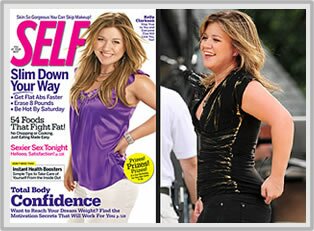
 USA Today just ran an article called
USA Today just ran an article called  This week is
This week is  If you’re a budding photographer and want the opportunity to share your unique, visual perspective with the world, you need to know about
If you’re a budding photographer and want the opportunity to share your unique, visual perspective with the world, you need to know about 
